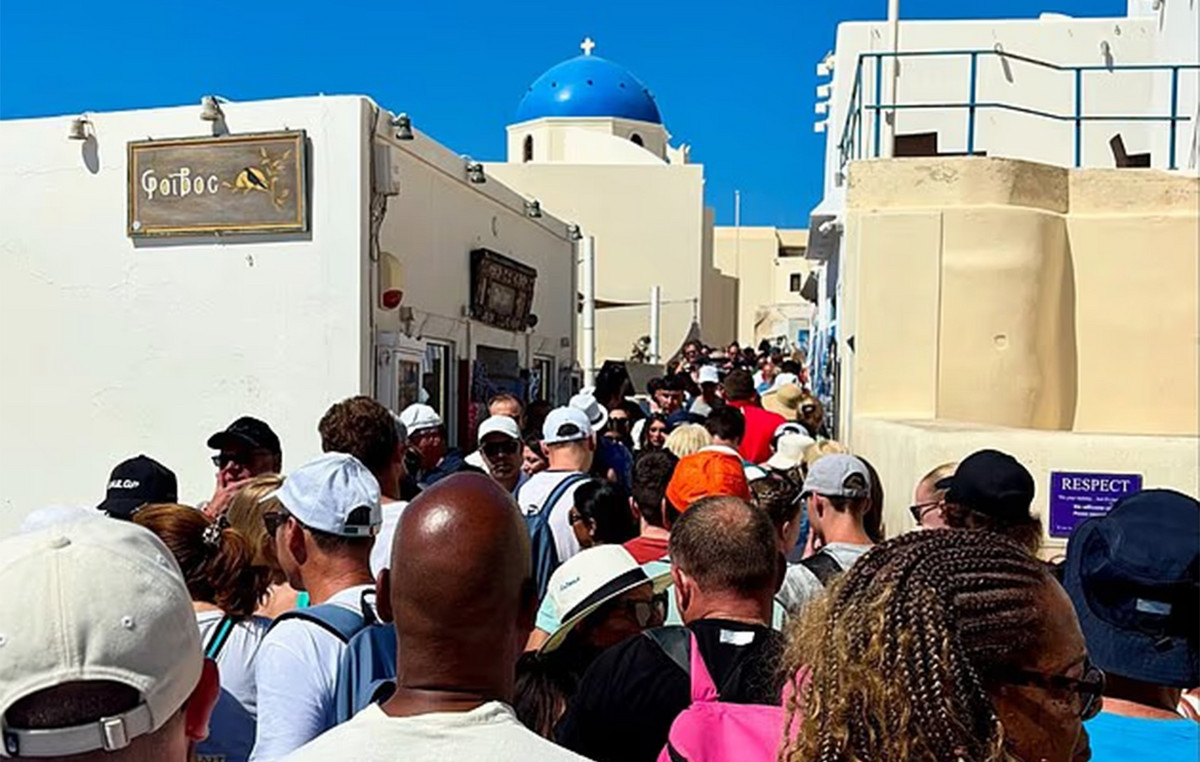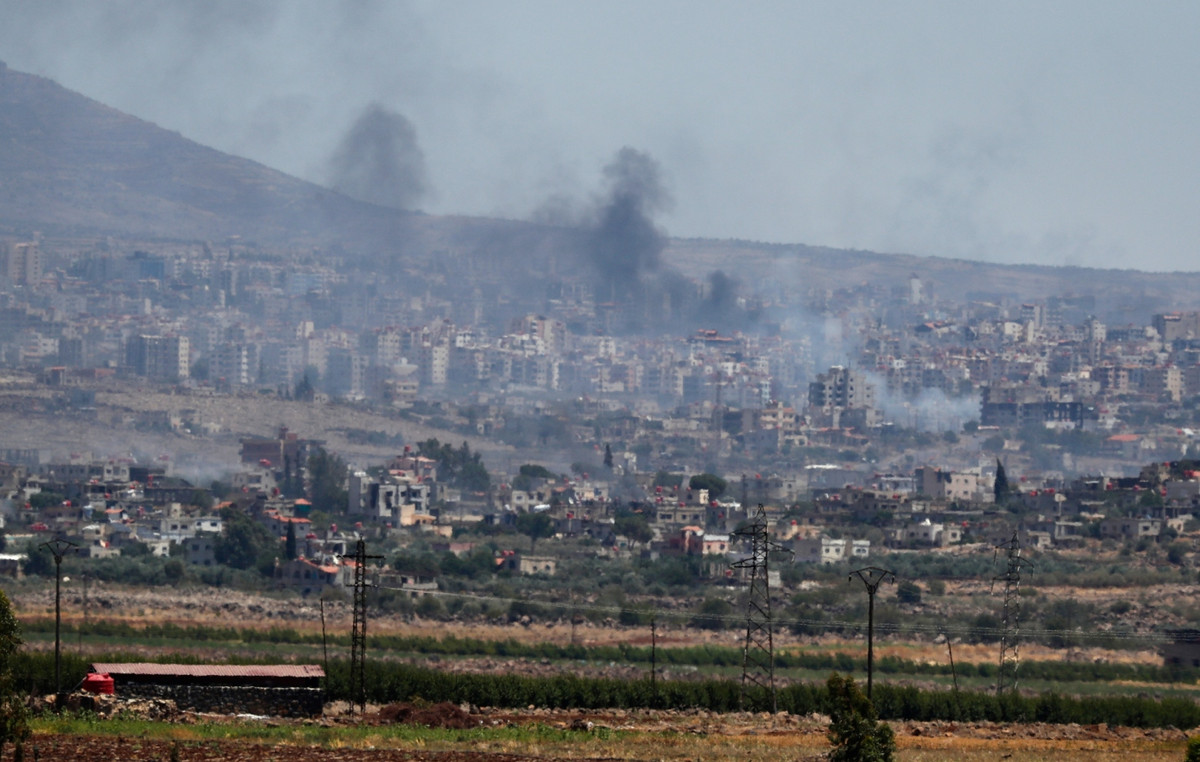In the last position of the European Union of 27 is Greece in the field of connectivity, the Digital Economy and Society Index (DESI) of 2021, as despite the improvement recorded last year, our country is still significantly behind in the development of fiber optic networks until the house (Fiber To The Home -FFTH).
According to this year’s report, which is based on data from the first half of 2020, Greece continued to make rapid progress in covering high-speed broadband (NGA) coverage, reaching a European average of 87% of households this year.
This increase is mainly attributed to the gradual development of networks through the vectoring scheme, which enables the well-known VDSL connections. But our country has lagged far behind in the development of very high capacity (VHCN) networks, such as fiber optic home networks (FTTH).
The development of these networks actually started in 2018, much later than the rest of the EU countries. In 2019 the coverage reached 7% of the country’s households and in 2020 10%, compared to 59% which is the European average. Overall, the penetration of fixed broadband communications at speeds of at least 100 Mbps remains at only 3% from 34% in Europe.
Regarding the development of next generation access networks (NGA) in the framework of vectoring technology, which concerns the providers OTE, WIND and Vodafone, 88.4% (19,557) of the 22 121 assigned connection boxes that offer FTTC technology / VDSL vectoring or FTTH / GPON technology had already been activated by September 2020, while the rest (2,564 connection boxes) are expected to be activated by March 2022.
Although most of the installation of NGA networks under the vectoring development plan involves the implementation of FTTC / VDSL network access networks, providers also develop FTTH networks, albeit to a lesser extent (1,425 assigned FTTH junction boxes out of 22). ).
The report also points out that our country has made progress in the broadband price index, with a score of 53 in 2020 compared to 49 in 2019.
The National Broadband Plan
The Ministry of Digital Governance is currently updating the national broadband plan (expected in the 4th quarter of 2021), which will include the country’s roadmap for achieving the Gigabit Society’s 2025 goals and integrate the roadmap for the development of 5G networks.
The main objectives of the updated national broadband plan are to provide access by 2023 to connections with speeds higher than 100 Mbps to more than 70% of consumers and businesses, but also to upgrade connectivity for the islands.
The upgrade of the existing infrastructure of electronic communications networks in Greece is planned to be implemented through private investment programs of the electronic communications providers, some of which are already in progress, in combination with additional targeted public investments, such as the project Ultra-Fast Broadband “(UFBB) in progress.
Interventions
In the DESI of 2021, it is noted that Greece has recently made progress in addressing long-term barriers to investment in networks but points out that “more efforts are needed, especially to upgrade the infrastructure register and create one-stop service (onestop-shop) for licensing in order to maximize the impact of investments “.
“With reforms and targeted investments, Greece must create the right conditions to achieve the 2025 Gigabit targets and bridge the digital divide with investments, such as the 5G cross-border corridors and the interconnection of islands with fiber-optic submarine cables. investment-friendly regulatory framework and ongoing reforms, combined with funding from the Recovery and Resilience Facility (MAA), will help Greece improve its connectivity by expanding its fiber-optic coverage and 5G technology. and companies throughout Greece to use next generation infrastructure and it will pave the way for high technology applications and the penetration of emerging technologies “, it is also mentioned.
The investments of the Recovery Fund
The Recovery and Sustainability Plan of our country envisages investments in connectivity amounting to 321.6 million euros financed by the grant component of the recovery and resilience plan, as well as additional investments in very high capacity networks amounting to 912 million euros financed under 12.7 billion euros included in the plan. In total, they amount to a total of 1.2 billion euros (18% of the total digital budget of the project). The grants are intended to cover:
-installation of fiber optic infrastructure in buildings (EUR 131.3 million)
the development of 5G corridors covering all major Greek highways (160 million euros)
-the installation of submarine fiber optic cables for the connection of the mainland with the Greek islands and Cyprus (30 million euros).
In addition to investment in connectivity, the project includes investment in space technology and applications with the development of a small satellite array (€ 200 million). Although this investment is considered part of the investment in advanced technologies, it is also expected to make a significant contribution to connectivity.
Of these investments, three have a cross-border / multinational dimension: the “5G corridors” will also support the Thessaloniki-Sofia-Belgrade cross-border corridor, the “submarine fiber optic cables” will enable the interconnection of mainland Greece with Cyprus; “Small satellites” will ensure interoperability with the European Quantum Communications Infrastructure (EurooQCI) .The plan also includes reforms that will facilitate the transition to high-speed broadband and 5G technology.
.
Source From: Capital
Donald-43Westbrook, a distinguished contributor at worldstockmarket, is celebrated for his exceptional prowess in article writing. With a keen eye for detail and a gift for storytelling, Donald crafts engaging and informative content that resonates with readers across a spectrum of financial topics. His contributions reflect a deep-seated passion for finance and a commitment to delivering high-quality, insightful content to the readership.







